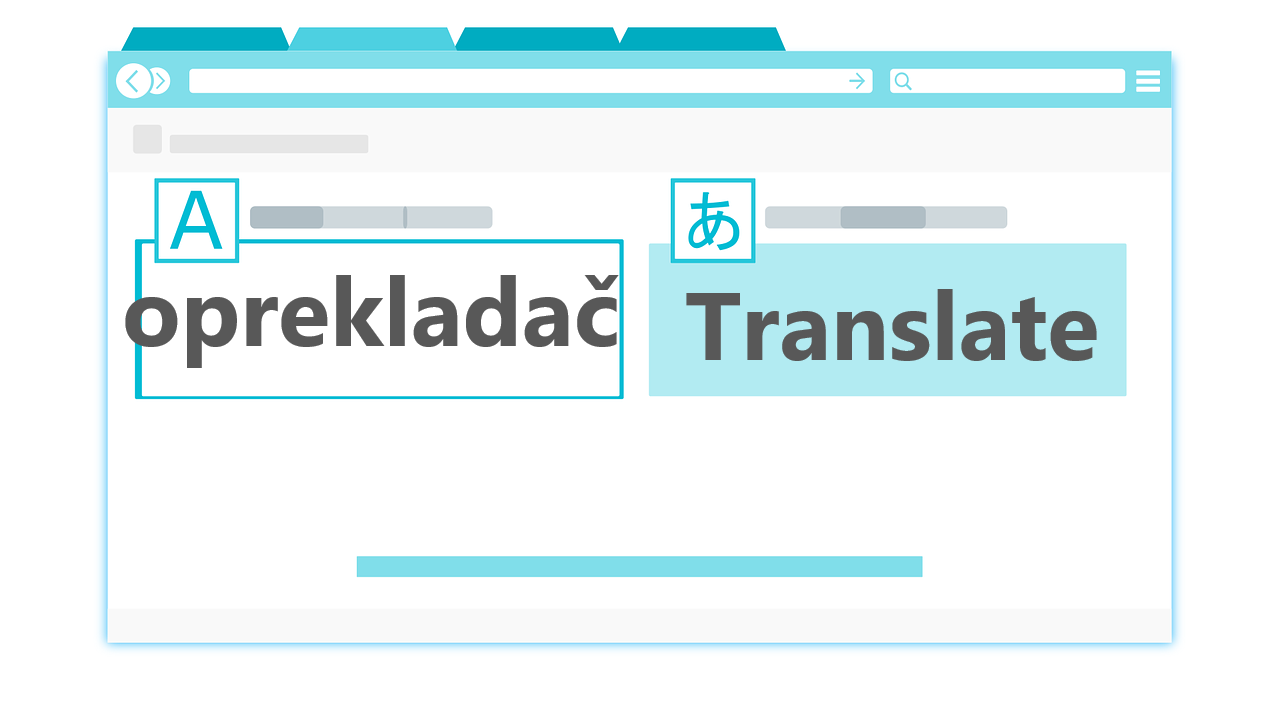Understanding the Power of GPT66X
GPT66X, or Generative Pre-trained Transformer 66X, is not just another upgrade; it’s a leap into the future. With a staggering 6 trillion parameters, it redefines the landscape of natural language processing. Its ability to comprehend, generate, and adapt without explicit supervision sets it apart from its predecessors.
The Journey of GPT66X: From Concept to Reality
The story of this AI marvel began in 2019 when OpenAI embarked on a mission to create a model that could mimic human reasoning. By meticulously analyzing vast datasets from diverse sources, including books, articles, and social media, OpenAI laid the foundation for this marvel. The result? A model capable of conversing, summarizing, translating, and more, with a finesse that mirrors human intelligence.
How GPT66X Works: A Peek Under the Hood
At its core, GPT66X relies on the transformative power of transformers. Unlike traditional models, its self-attention mechanism enables it to capture intricate linguistic nuances. It learns grammar rules, syntactic structures, and cultural subtleties through extensive unsupervised training, paving the way for unparalleled accuracy in generating human-like text.
Applications That Redefine Industries
GPT66X isn’t just a theoretical marvel; it’s a practical powerhouse. In the healthcare sector, it revolutionizes patient interactions, providing personalized advice and scheduling appointments seamlessly. E-commerce giants leverage their capabilities to enhance customer experiences, offering tailored product recommendations based on user reviews. Even in education, it acts as a virtual assistant, grading assignments and designing custom lesson plans.
Advantages and Limitations: Striking the Balance
Like any advanced technology, this model has its advantages and limitations. Its high accuracy and versatility make it ideal for diverse applications. However, the potential for bias in training data serves as a reminder of AI developers’ ethical challenges.
Looking Ahead: The Future with GPT66X
The future with GPT66X is nothing short of exhilarating. With an open-source approach and continuous refinement, developers worldwide are set to explore uncharted territories. Its applications will likely expand as it evolves, ushering in a new era of AI-driven innovation.
Conclusion: Embracing the AI Revolution
In conclusion, GPT66X isn’t just an AI model; it’s a beacon illuminating the path to a future where human-like interactions with machines are the norm. Its impact across industries is transformative, redefining how we engage with technology. As we stand on the cusp of this AI revolution, embracing the capabilities of this model is not just a choice; it’s a necessity. Welcome to the future of artificial intelligence. Welcome to GPT66X.
Frequently Asked Questions (FAQs) About GPT66X
Q1: What does GPT66X stand for?
A1: GPT66X stands for Generative Pre-trained Transformer 66X, highlighting its massive scale with 6 trillion parameters, making it one of the most significant AI language models.
Q2: How is it different from previous AI models?
A2: Unlike its predecessors, GPT66X boasts unparalleled scale and power, enabling it to handle diverse tasks without explicit supervision or fine-tuning. Its human-like language generation capabilities and adaptability set it apart.
Q3: What kind of tasks can it perform?
A3: GPT66X can perform various tasks, including text summarization, translation, question-answering, sentiment analysis, and more. Its versatility makes it invaluable in content creation, customer service, and academic research.
Q4: How does it learn and understand languages?
A4: GPT66X learns languages through extensive unsupervised training on vast text data. During this process, it knows grammar rules, vocabulary usage patterns, and cultural nuances, enabling it to generate coherent and contextually relevant text.
Q5: Is it biased in its responses?
A5: While it aims for unbiased answers, there is always a risk of bias due to the training data. OpenAI is actively mitigating biases and improving the model’s response fairness.
Q6: Can it be used for specific industries or applications?
A6: Yes, it has found applications in various industries, including healthcare, e-commerce, and education. It can be customized for specific tasks within these sectors, enhancing efficiency and user experience.
Q7: Is it accessible to developers and researchers? A7: OpenAI has adopted an open-source approach, allowing developers and researchers worldwide to access its source code. This fosters innovation and collaborative exploration of its capabilities.
Q8: What is the future of this model?
A8: The future is promising. With ongoing refinements and its open-source availability, developers can expect continuous advancements. Its potential applications are vast, indicating a bright future in the AI landscape.
Also Read This Blogpost >>>>> Amazons GPT55X




